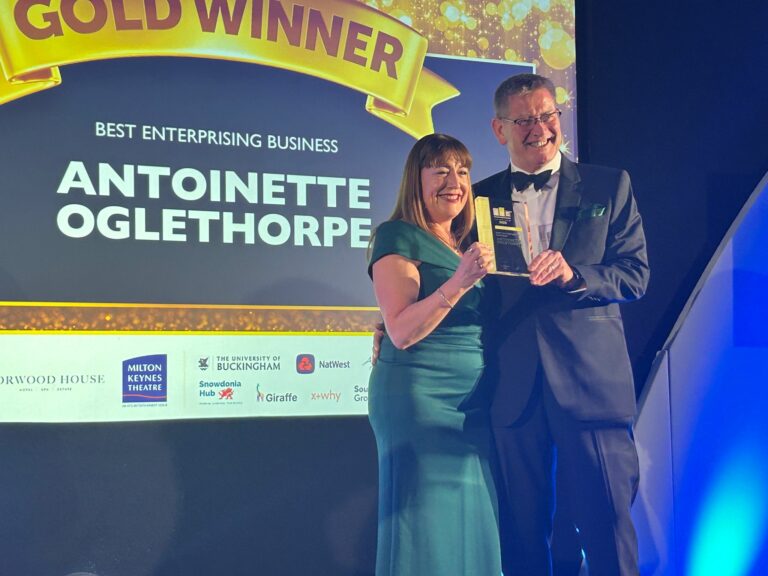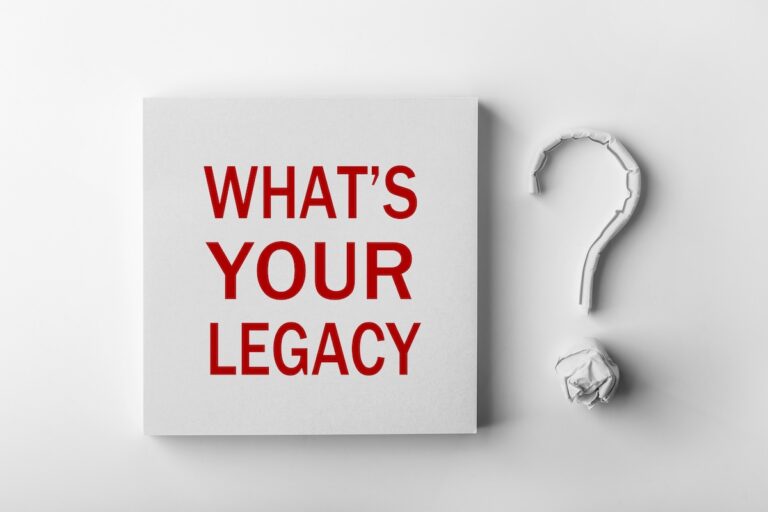One of the challenges I see often in organisations is that Talent Management focuses heavily on identifying who should be on the succession plan and who is considered a leader of the future. And that’s where it stops. Once the names are slotted into the relevant grids and boxes, nothing happens until the following year when the process is repeated. Sound familiar? Here I’ll explore why a succession plan is not the same as planning for succession.
The difference between a succession plan, and planning for succession
You may recall I mentioned in earlier blog posts the talent and succession plan processes I used to manage. Now, these days everything would be electronic. But not that many years ago, senior managers would spend months filling in forms. And then we would destroy goodness knows how many trees printing them all off and producing a massive binder for everyone to review before sitting around a board table in New York or Bermuda to spend a day discussing them.
The result was a 9-box grid and a succession plan populated with names.
And the overriding sense was,
“Right that’s done. Can we move on to other things and forget it until next time?”
The answer?
“No. You can’t.”
I feel passionate about this. Identifying talent is not the end of the process. Instead, it’s just the start.
Identifying talent is not the end of the succession planning process
That fact was brought home to me again recently when I met a new coaching client. He shared with me how difficult it was when he moved into his current role. For years beforehand he had been on the succession plan, positioned as the successor to his boss. So when his boss left the organisation due to ill health, he was pleased and not surprised to be offered the role.
But my client had never received any specific support to help develop him and prepare him for that role. Despite being the named successor for several years, he felt ill-equipped to take on the role and somewhat abandoned by the organisation.
If you don’t do anything to develop the people you’ve identified on the succession plan, they’ll be no more ready to take on a new role in two years or five years than they are today.
In my next blog post, I’ll share my thoughts on what your first step should be after completing the Talent Review.
Do you want to develop your future leaders? If so, there’s no better start than my eBook, LEADER – Develop remarkable leaders who deliver amazing results.
In just a few pages you’ll discover six practical strategies for developing your leadership talent. You can download the report by clicking the button below
[button size=’large’ style=” text=’Download your free LEADER ebook here >>’ icon=” icon_color=” link=’/LEADER-ebook’ target=’_self’ color=” hover_color=” border_color=” hover_border_color=” background_color=” hover_background_color=” font_style=” font_weight=” text_align=” margin=”]



